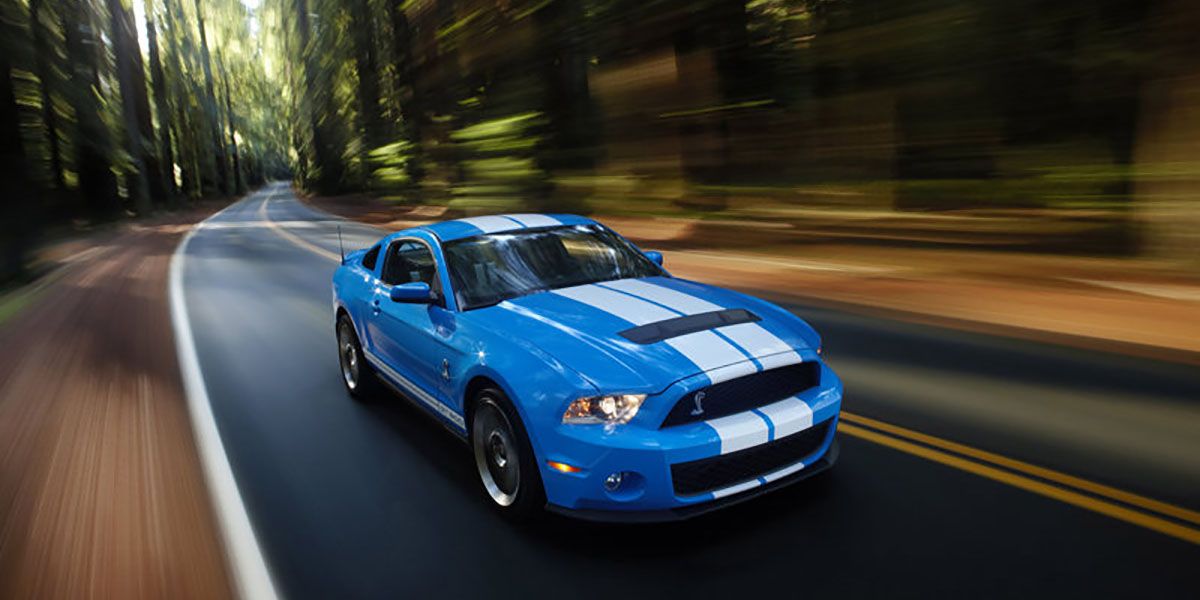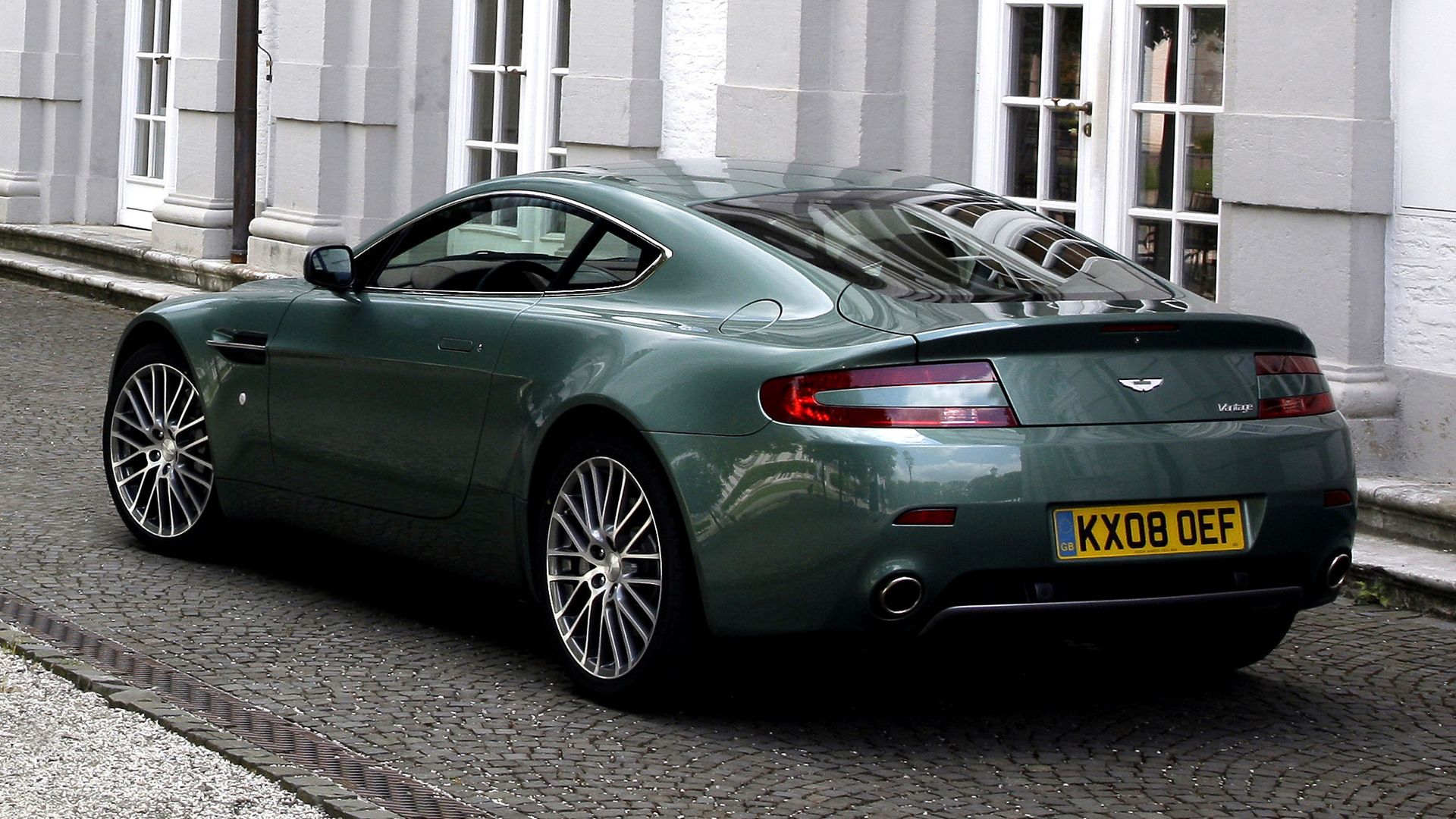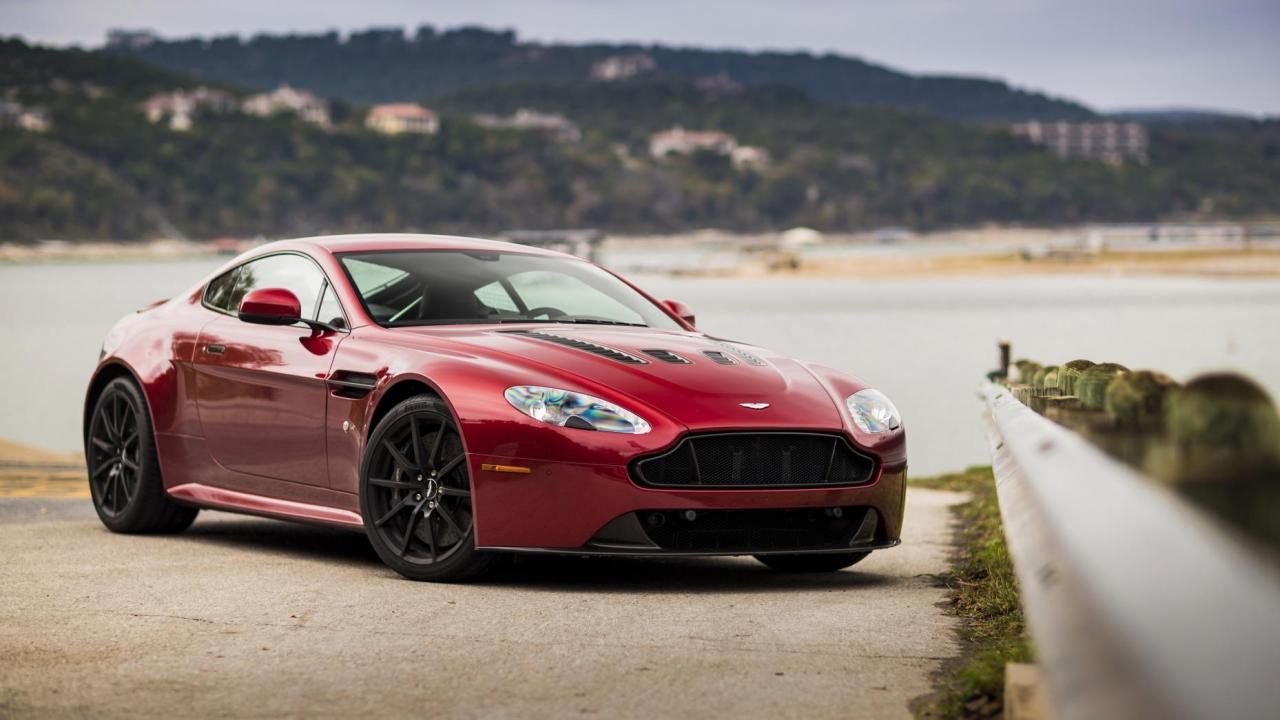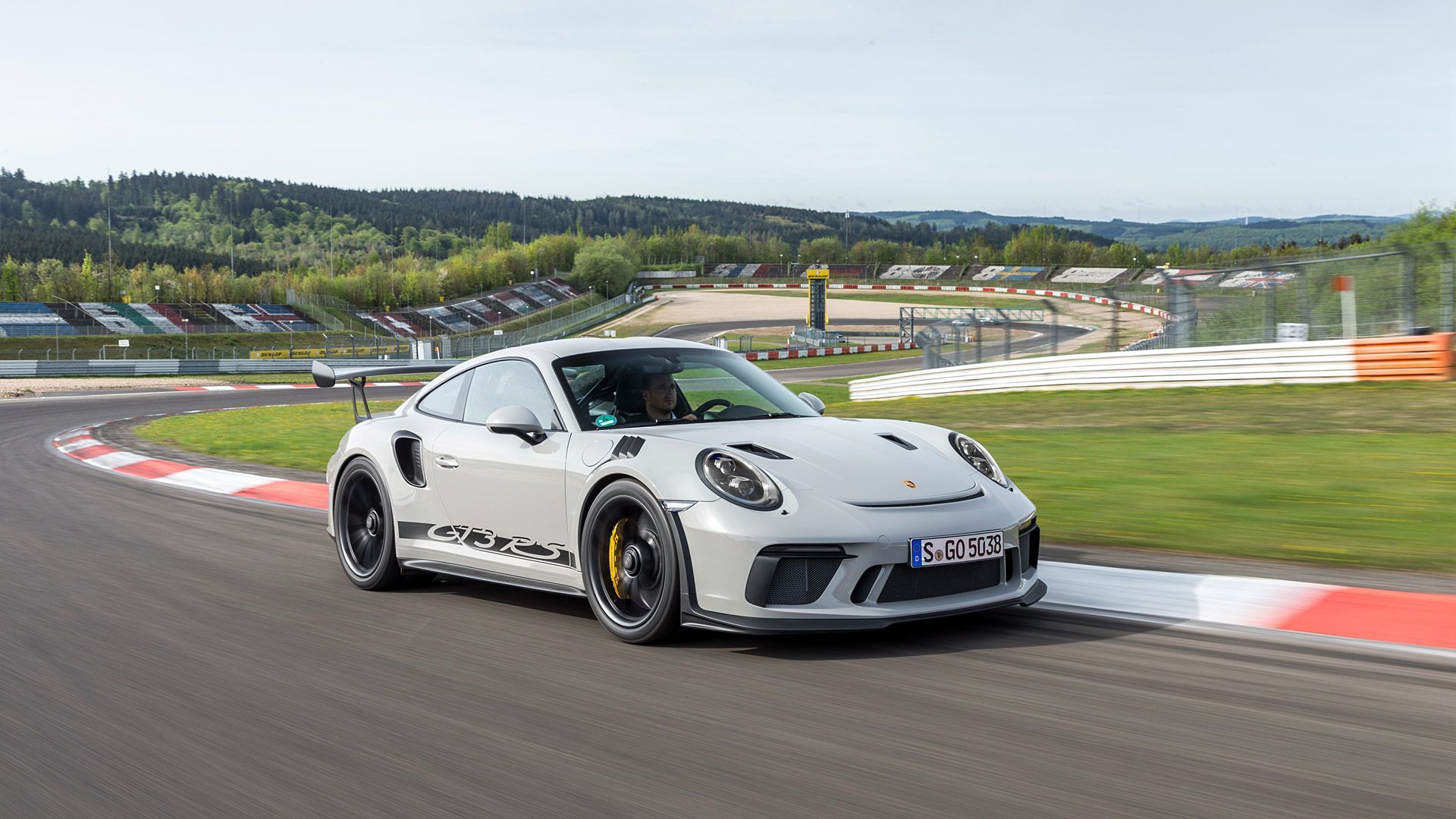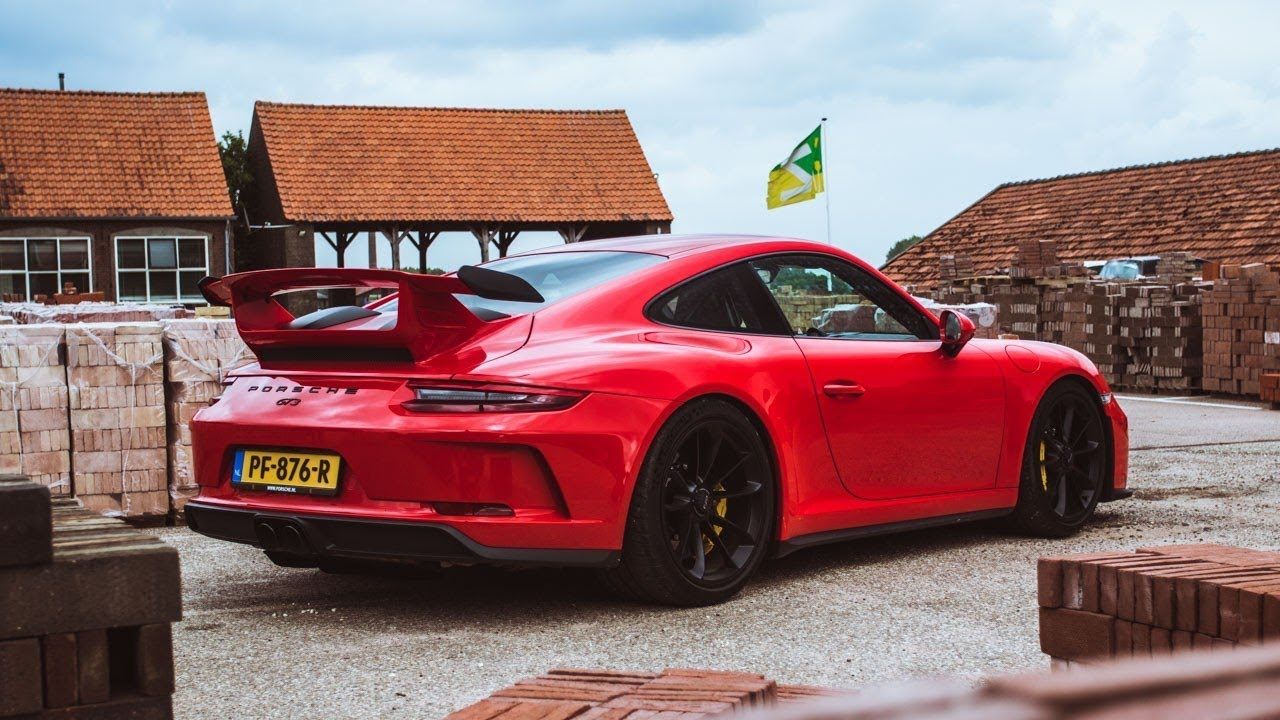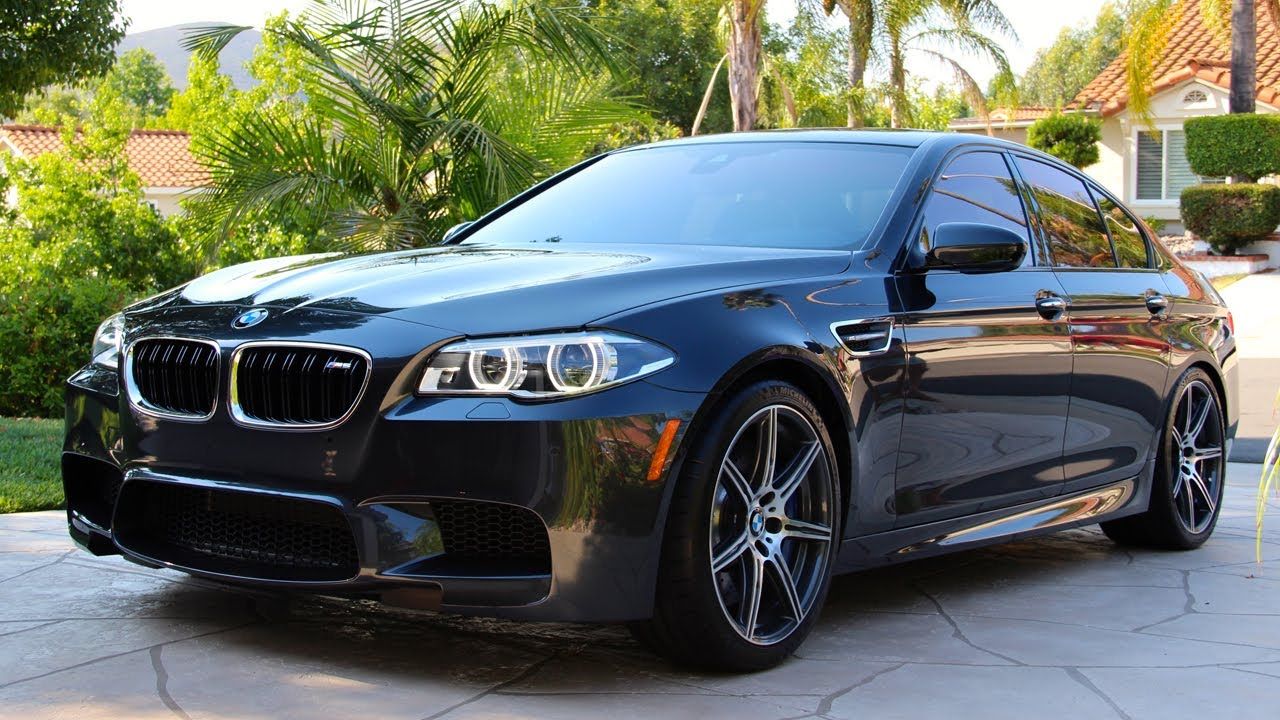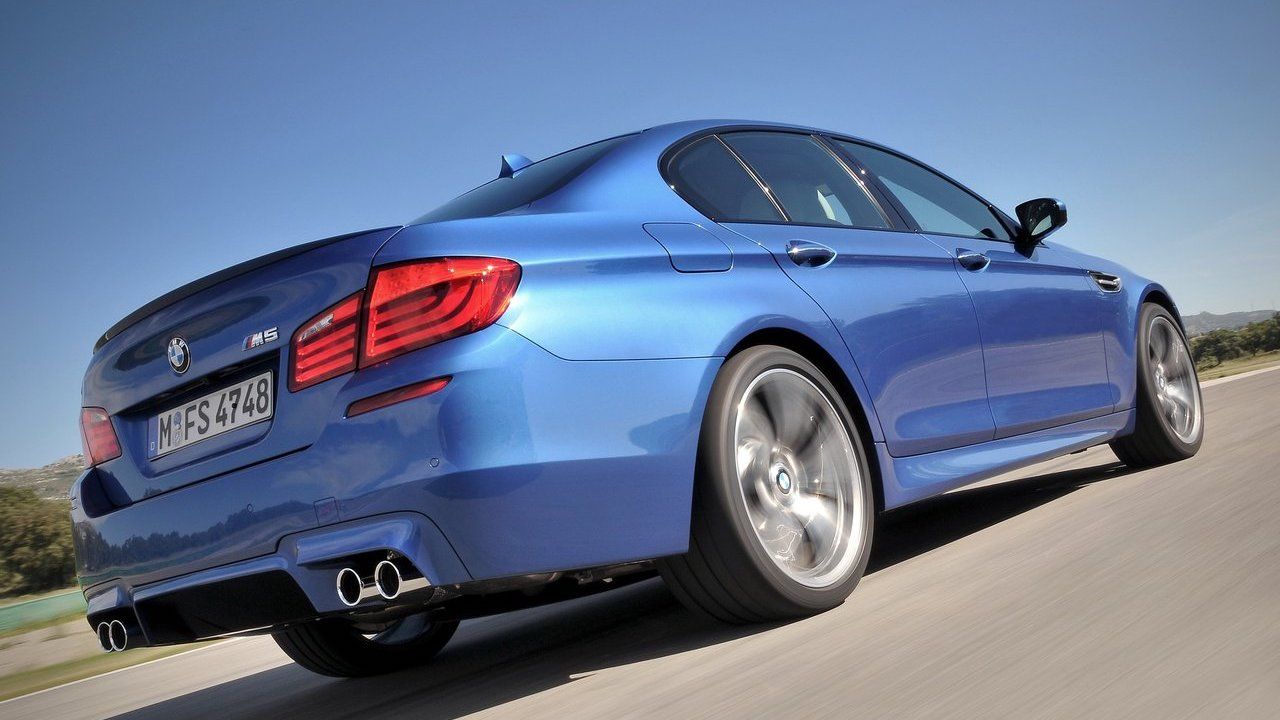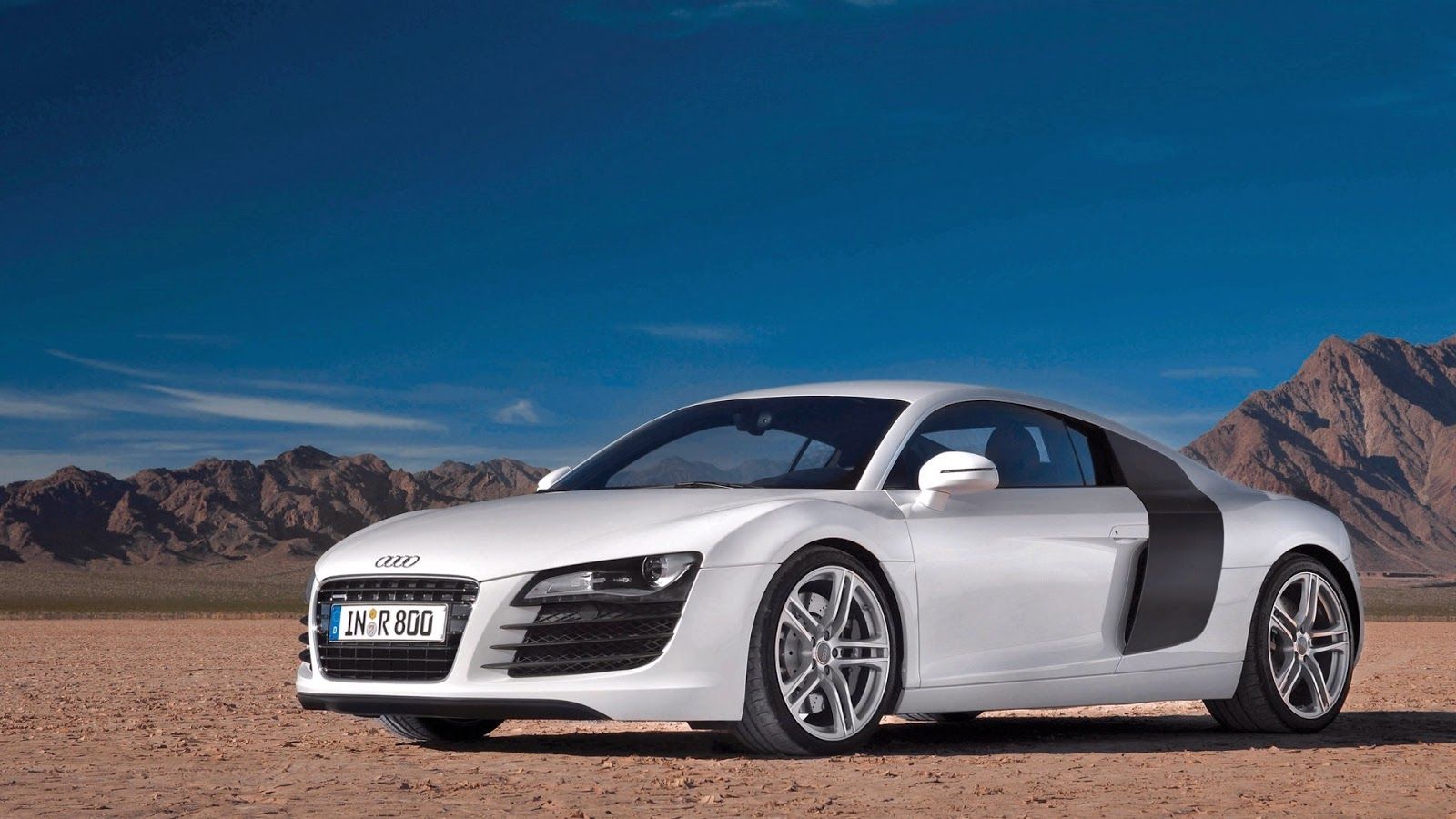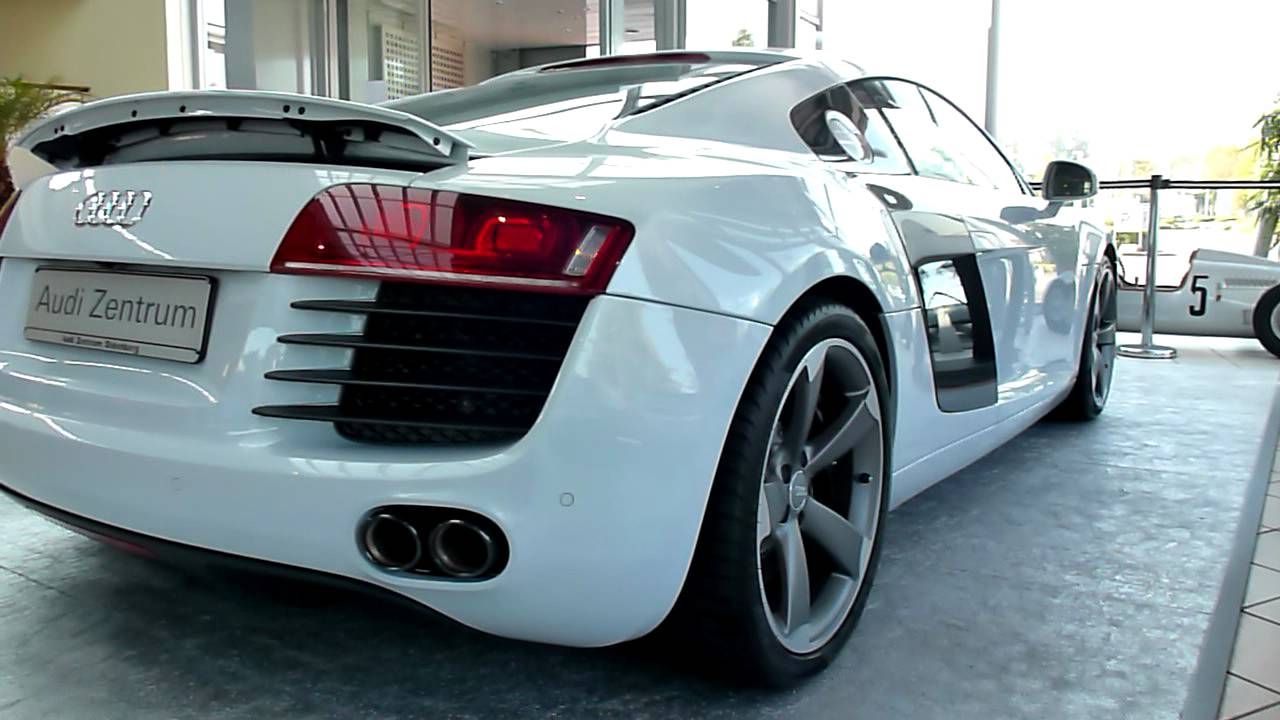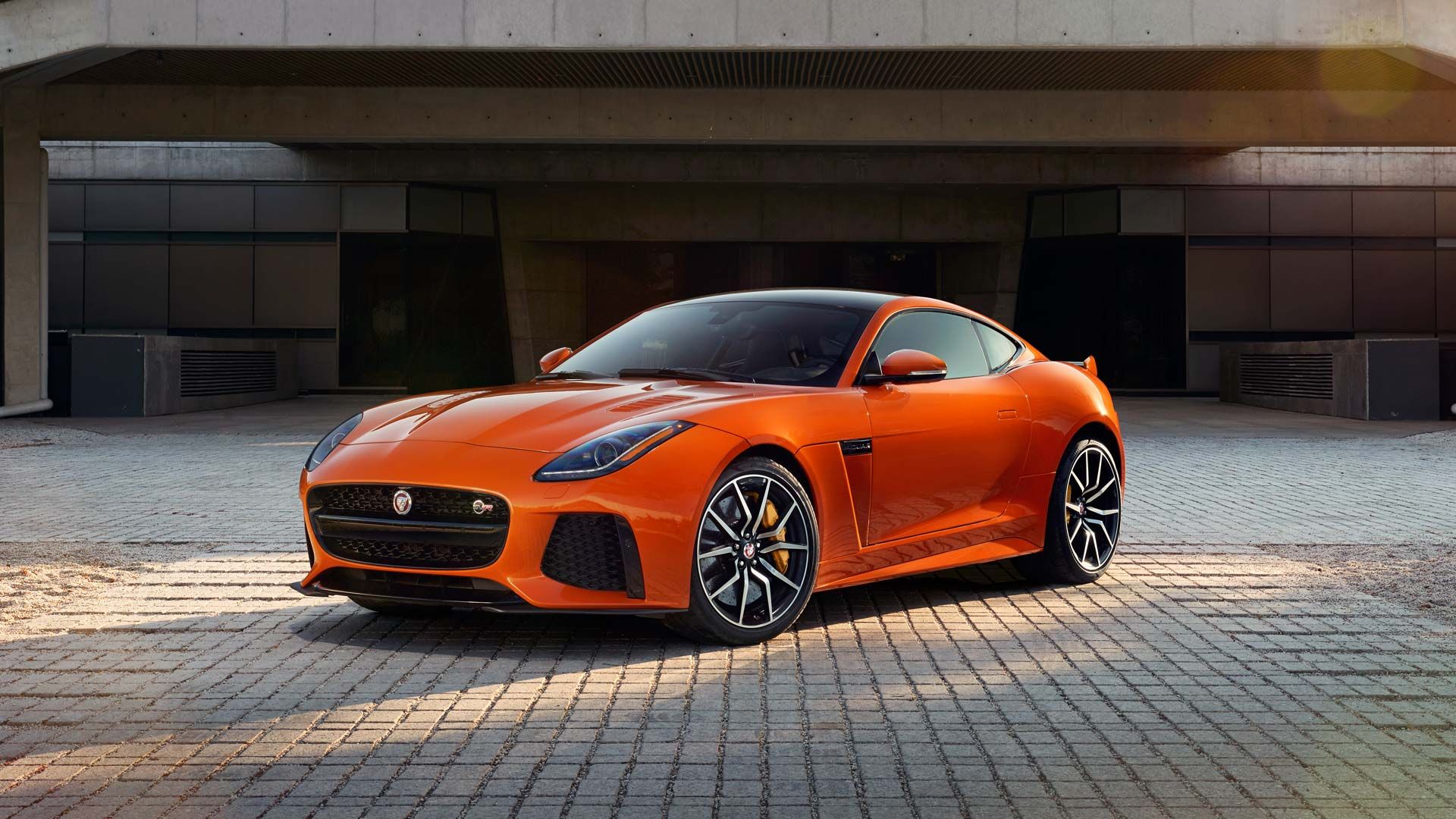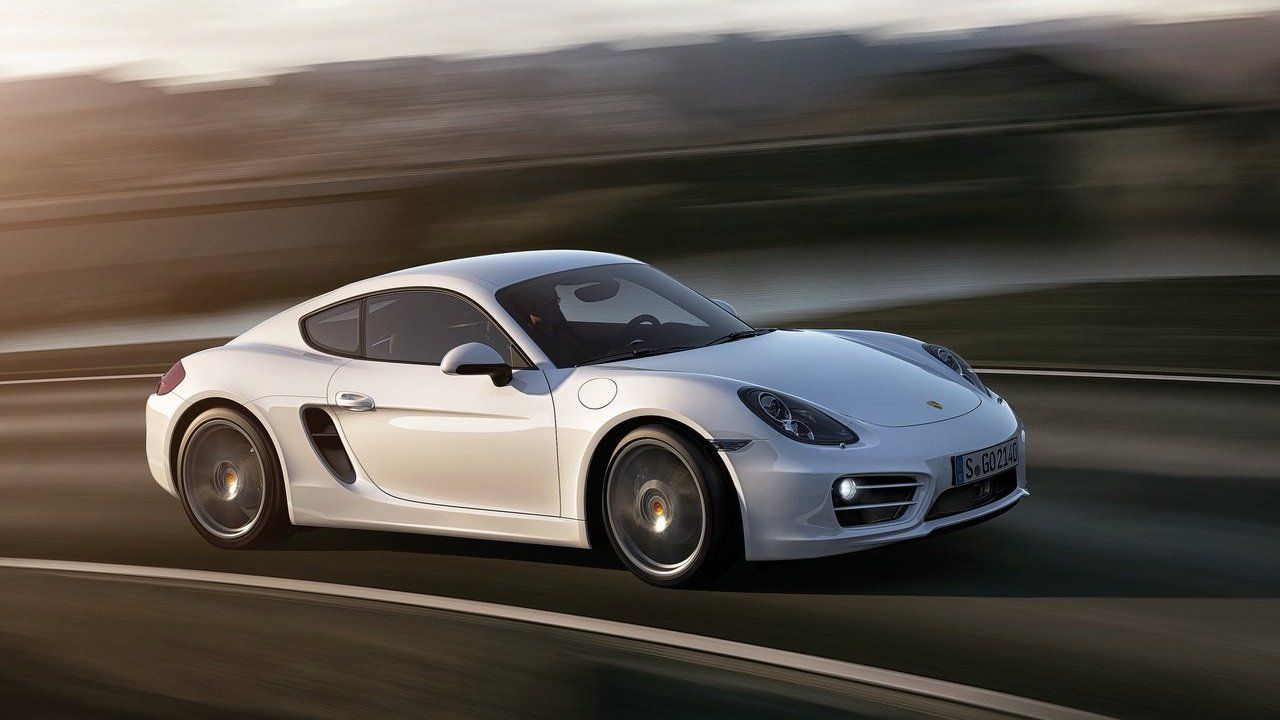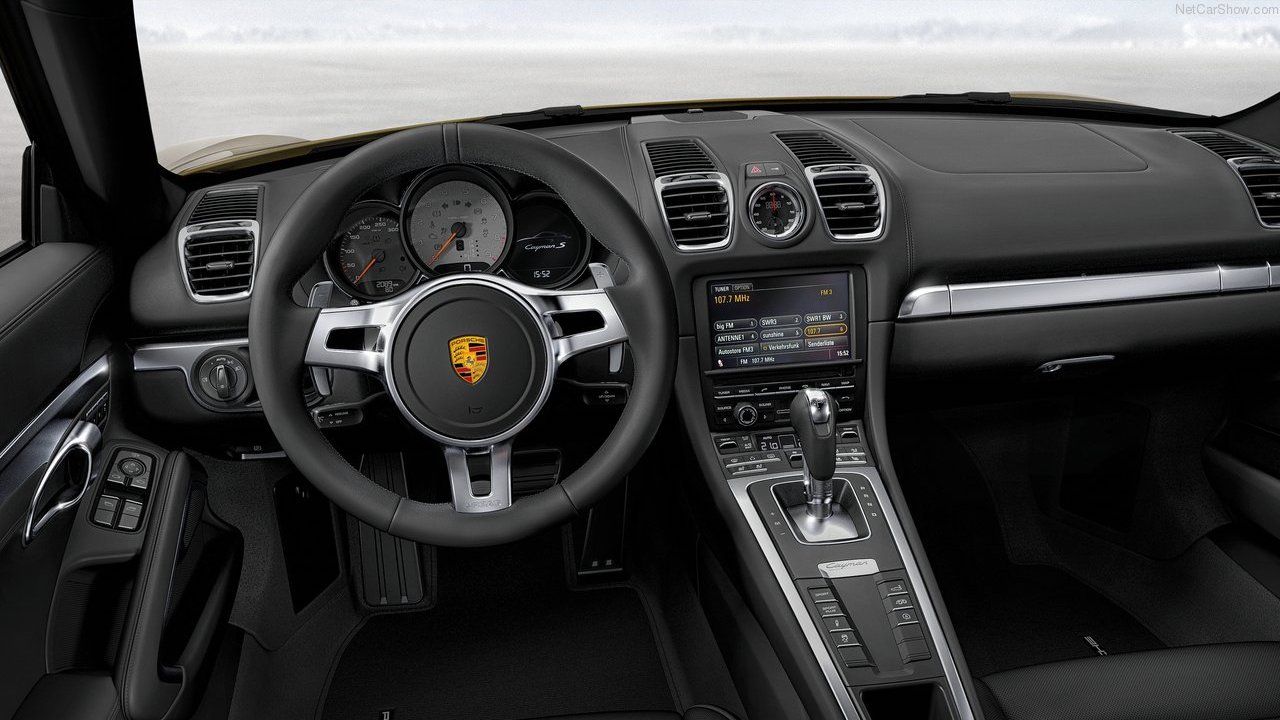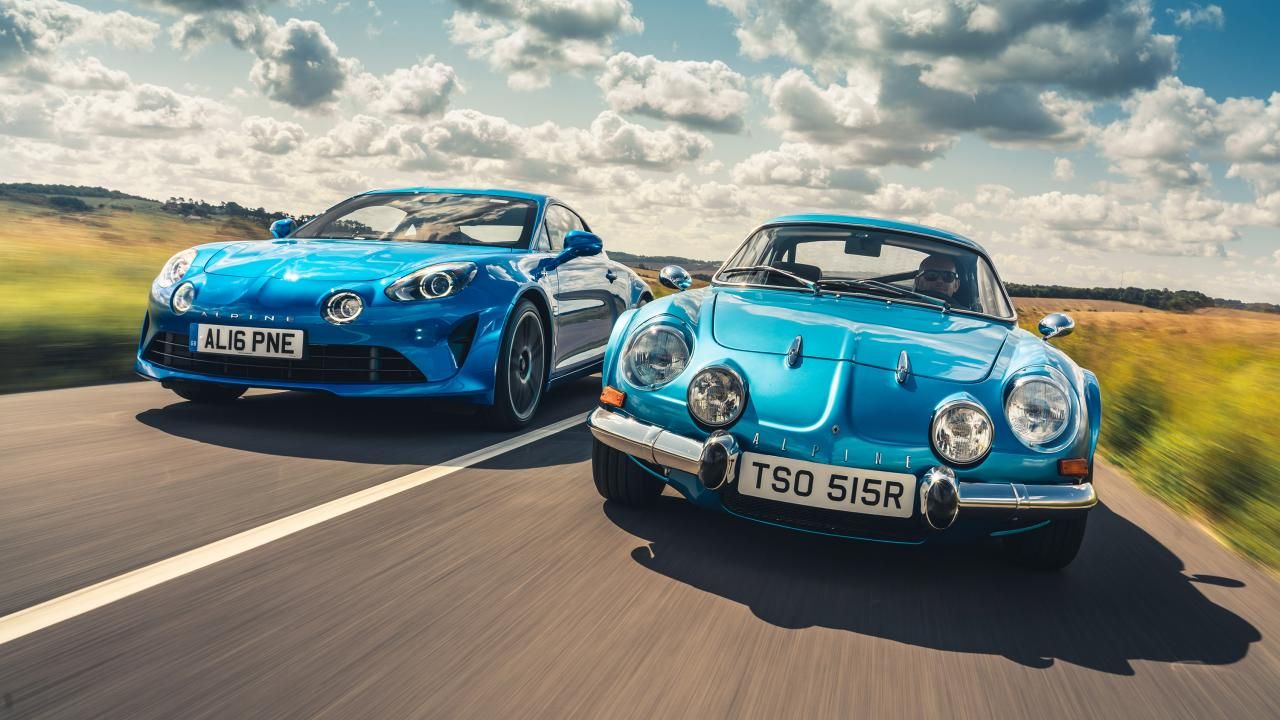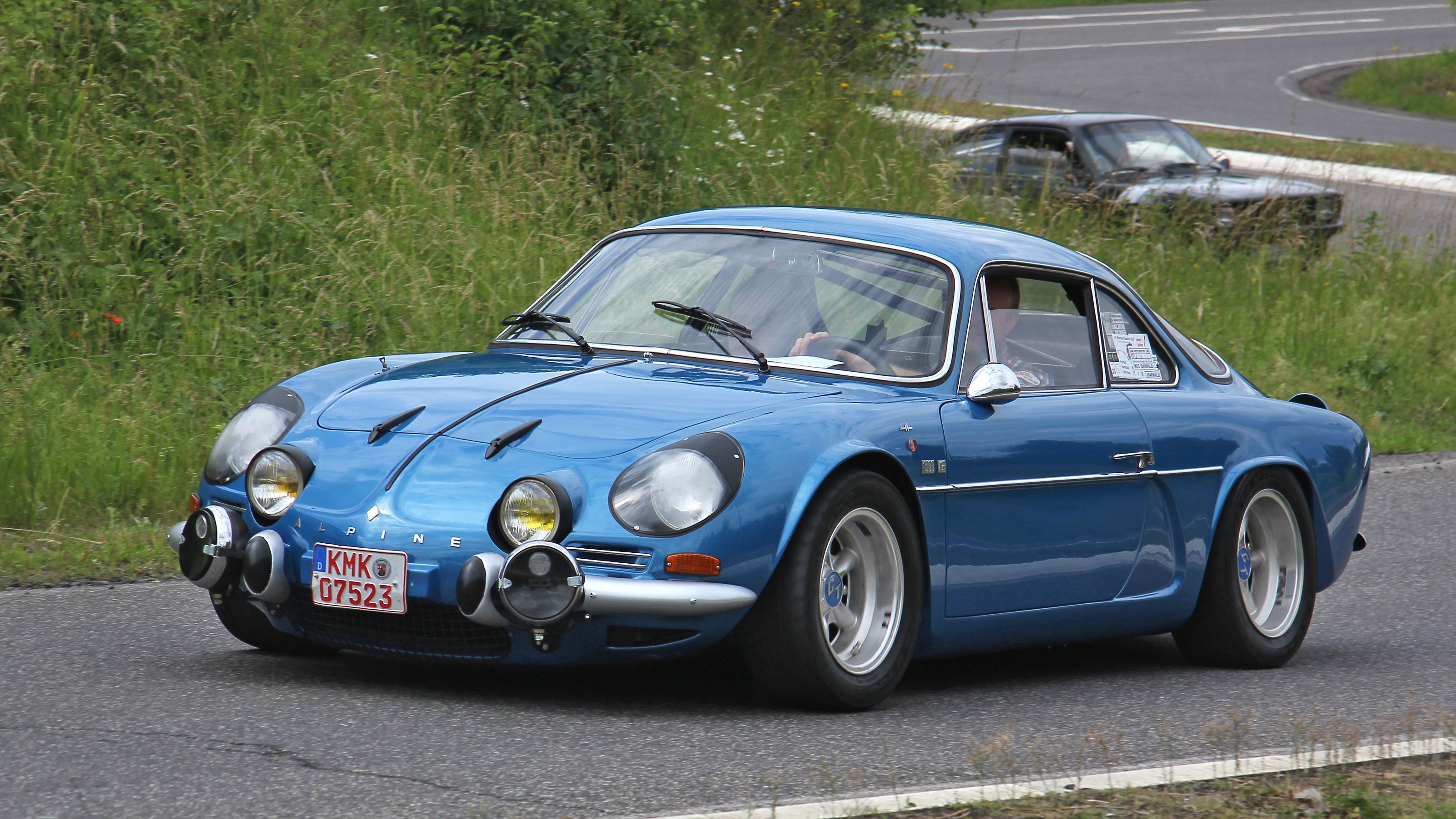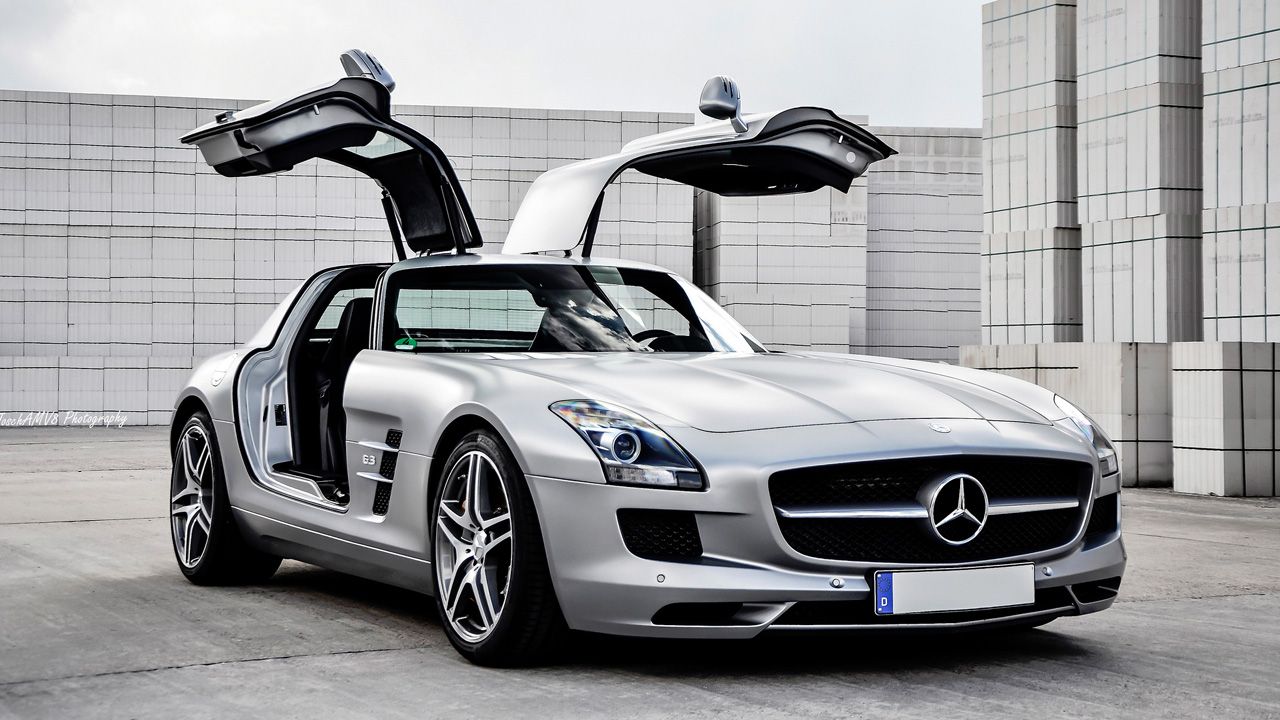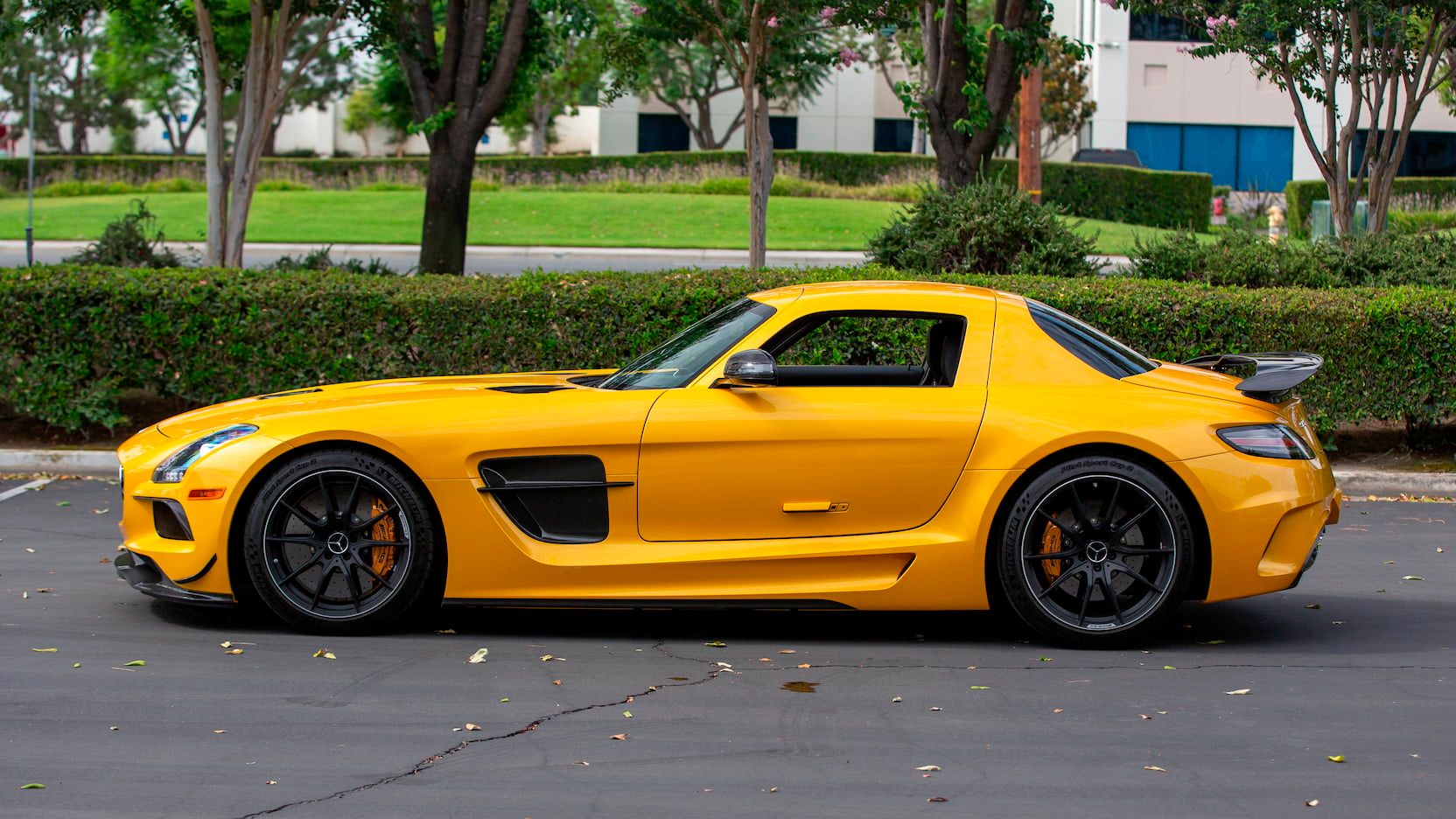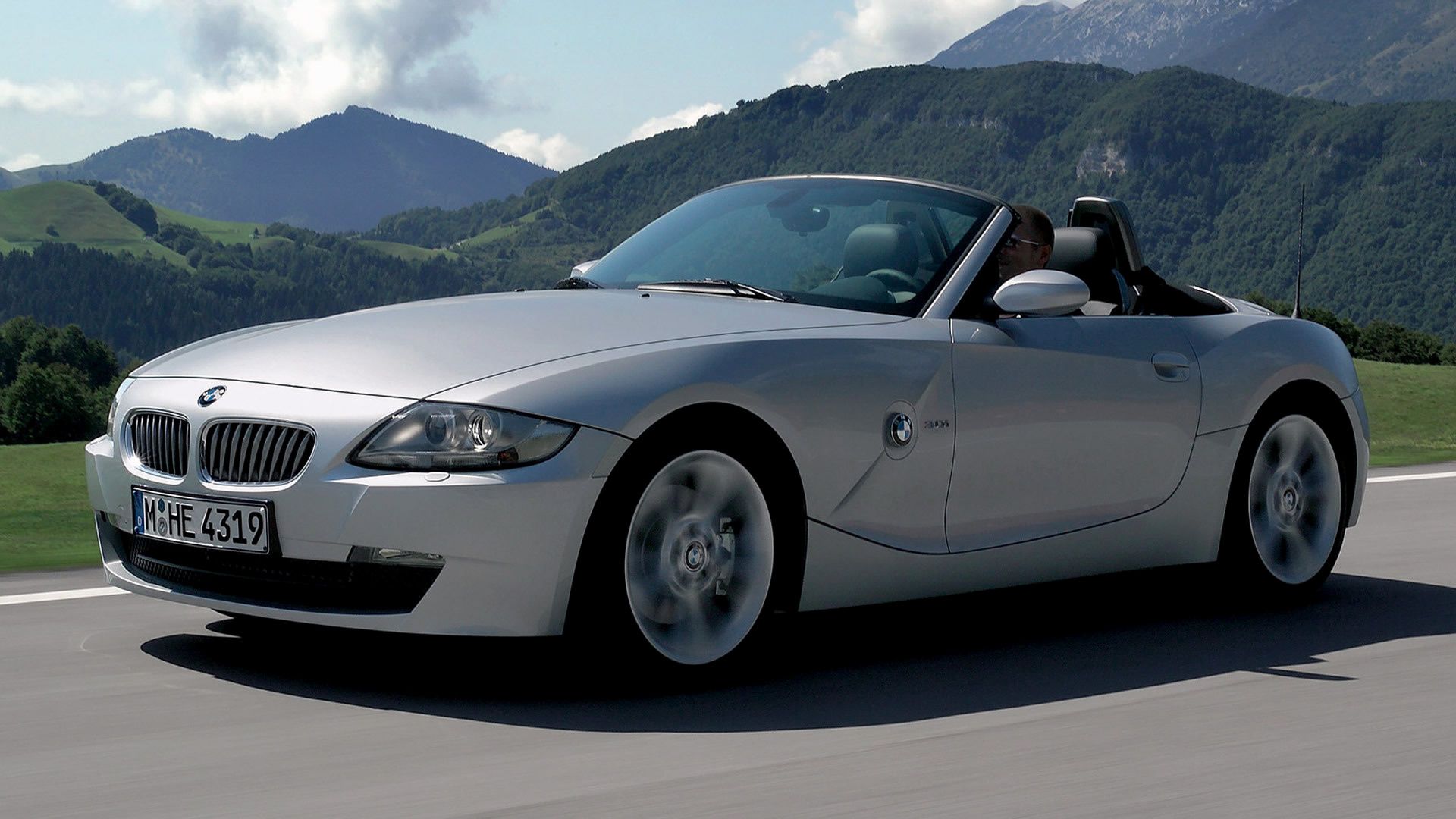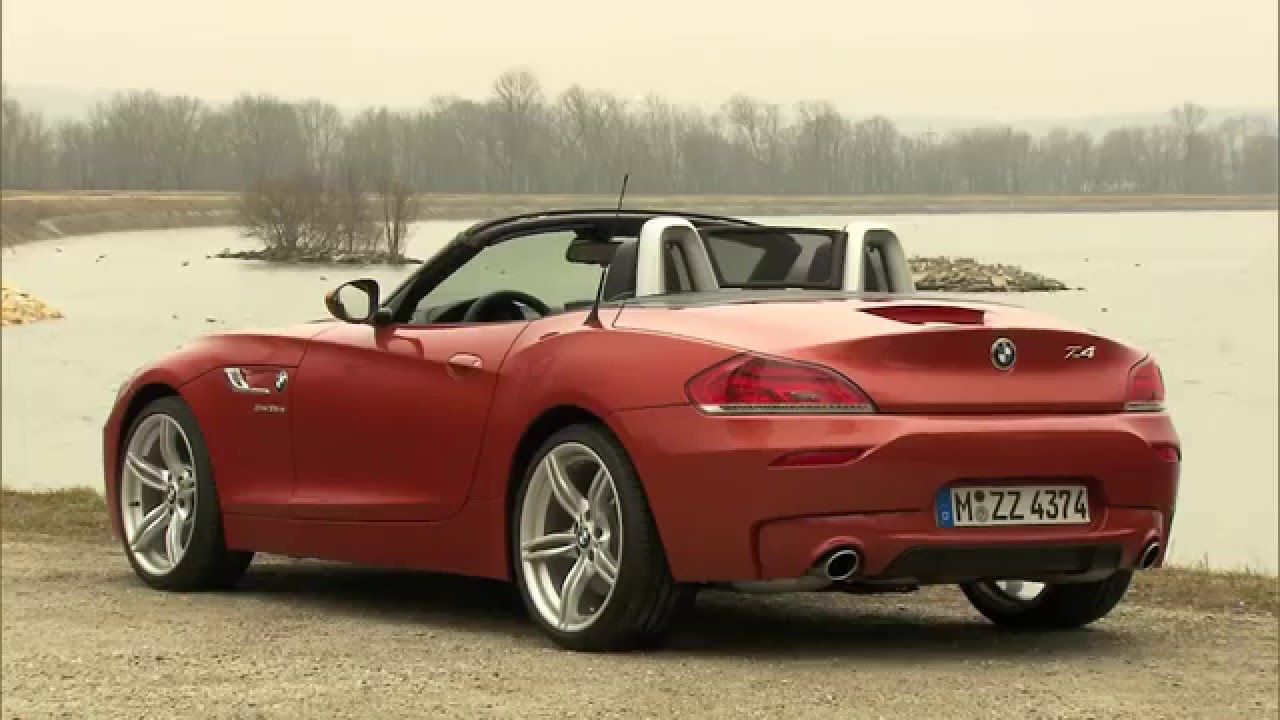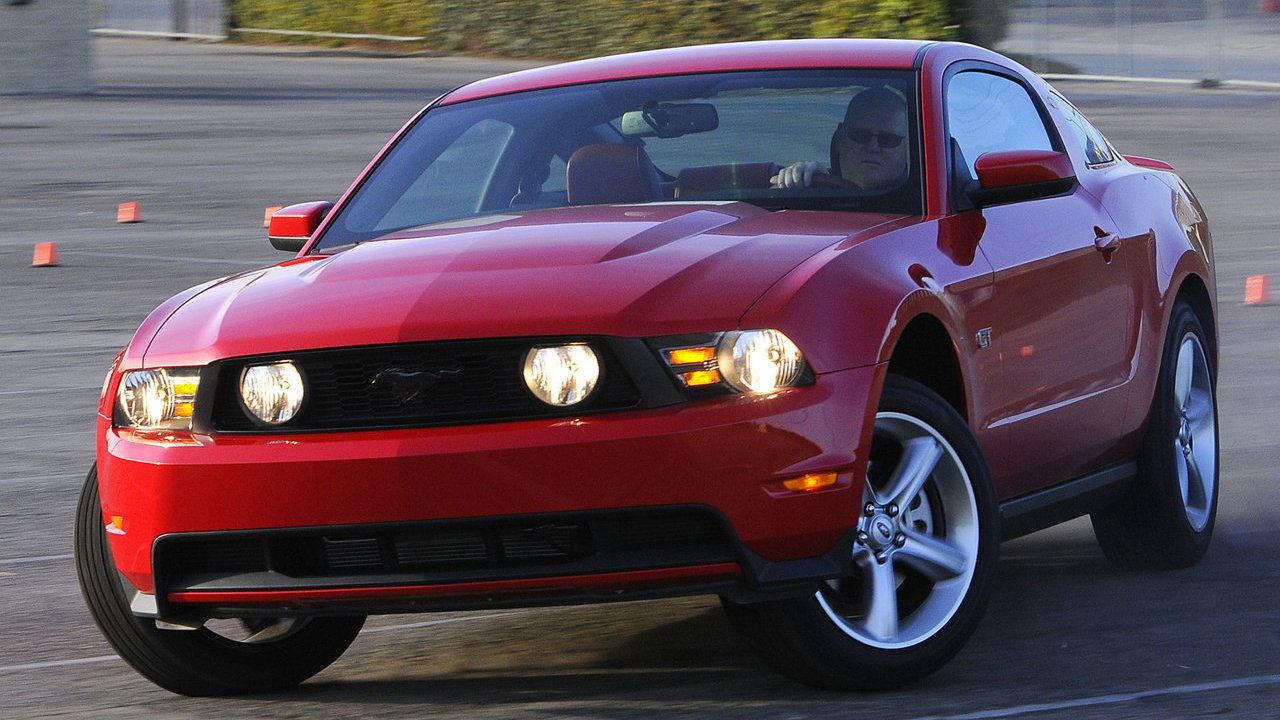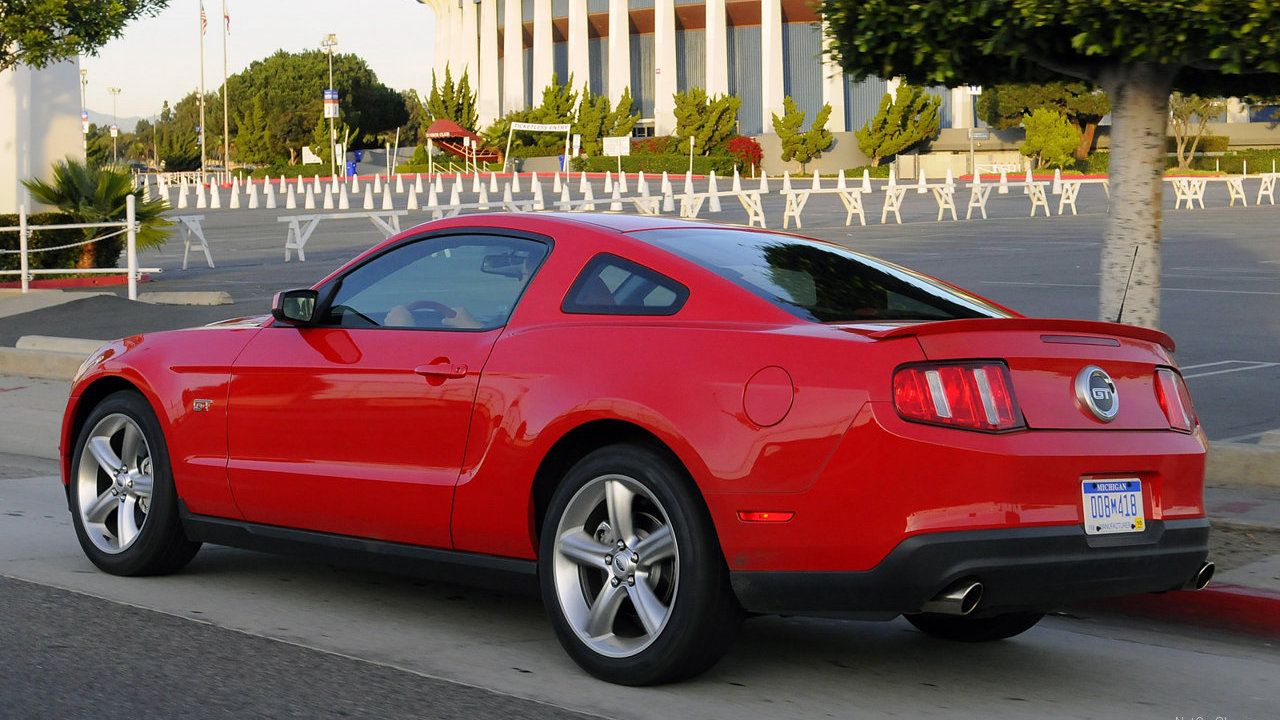Advances in technology and manufacturing processes have had many positive effects on the latest sports car models. The reliability of sports cars has increased and there are far more comfort and assistance options available. Similarly, fuel consumption generally reduces with each new generation released. Coupled with all of this advancement, unfortunately, certain aspects have been compromised to meet the latest and most stringent legislation. This has left some prospective buyers yearning for the older versions of newly-released sports cars instead. Given that most of these older cars have undergone the worst of their depreciation, they could be the smartest buy.
Providing great sounding engine notes and high levels of driver feedback and engagement, we would certainly give the 10 used sports cars below a lot of consideration before deciding to purchase any of the latest releases.
10 2005 Aston Martin Vantage Instead Of 2018 Aston Martin Vantage
Possibly one of the most beautiful sports cars ever made. Released in 2005 and built until 2018, this variant of the Vantage really showcases Aston Martin's design capabilities. The styling is instantly recognizable as Aston Martin, it has a real James Bond feel to it. Driving one provides drivers with a real feeling of class and sophistication.
The new Vantage uses an AMG-derived 503-hp twin-turbo 4.0-liter. In comparison, the 2005 car used either a 4.3, a 4.7-liter V8, or a 5.9-liter V12 Aston Martin engine. These engines provided a fantastic, theatrical soundtrack.
9 2015 Porsche 911 991.2 Instead Of 2018 Porsche 911
Since its creation, the Porsche 911 has undergone a series of subtle changes and revisions. The first version was released in 1964 and the iconic, instantly recognizable body silhouette has been preserved throughout all of its generations. The new 992 variant has changed from the 991.2 in that only one single body size is available. The 991.2 was available in both narrow and wide-body form, certain models such as all-wheel-drive versions were wider at the rear. While the wide-body does provide a more aggressive stance, it does mean the 911 is now actually quite a large car.
Driving through tight and twisty European roads could be slightly more nerve-wracking than in the 991.2.
8 2011 BMW M5 F10 Instead Of 2017 F90 BMW M5
The F10 BMW M5 came equipped with a twin-turbo V8 pushing out 553 hp. The 0-60 sprint could be completed in a blistering 4.4 seconds. The F10 utilized a 7-speed dual-clutch transmission, this provided rapid gear changes and a brutal mechanical feel. The F90 got an 8 speed ZF automatic box instead, while still being a great gearbox it didn't offer quite the same raw driving feel.
One other reason to buy the F10 over the F90 is the rear-wheel-drive only configuration, the F90 has an all-wheel-drive system. While it is rear-biased, for true hooligan levels of fun and drifting, the F10 wins out here.
7 2008 Audi R8 Type 42 Instead Of 2015 Audi R8 Type 42
The Type 42 Audi R8 was a real head-turner of a car when it was released in 2008, to the North American market. The design was extremely futuristic and remains good-looking even to this day.
A major reason to buy this version as opposed to the newer type 4S is the possibility to spec it with a manual gearbox. Not just any manual either, a gated manual. Racing up and down the gearbox of a 4.2-liter V8 manual is a unique automotive experience. Great satisfaction and levels of driver engagement are on offer. Inside the car, the silver gated manual just looks cool.
6 2013 Jaguar F-Type Instead Of 2020 Jaguar F-Type
At launch in 2013, the F-type was available with either a V6 or a V8. The V6 was available in two different power outputs, 340 hp for the standard model and 380 hp for the F-type S. A V8 S was also available producing 495 hp. Disappointingly, the 2022 model drops the V6 option and also the 2.0-liter inline-four introduced after the facelift. Whilst it is great the V8 option remains, it does reduce the F-type's appeal to those drivers who cannot justify the increased fuel consumption and the increased starting price of $70,000.
Arguably, compared to the new shape model, the original headlight design is better looking. This is of course subjective. The new model's front end looks more Aston Martin Vantage-like, no bad thing, but the original F-type was a very striking design.
5 2012 Porsche Cayman 981 Instead Of 2016 Porsche Cayman 982
The 981 Cayman was produced by Porsche between 2012 and 2016. Compared to the newer 982 version, the engines are the real showpieces. Every single model in the lineup was powered by a V6 naturally aspirated engine.
The 718 Cayman was subject to downsizing and launched with a couple of turbocharged 4-cylinder units. While the power outputs were similar, the noise and feel were somewhat muted when compared to the 981's V6 options.
4 1977 Alpine A110 Instead Of 2021 Alpine A110
French manufacturer Alpine produced the original car between 1961 and 1971. The car became most widely known for its associations with rally driving. Many Renault-developed parts were used in its construction. At launch, it was fitted with a 1.1-liter engine producing 95 hp.
Compared to the new version, released in 2017, the old car's design is arguably much more characterful. Although the links between the two cars are obvious, the more rounded design of the new model lacks some of the charm of its predecessor.
3 2010 Mercedes-Benz SLS AMG Instead Of 2015 Mercedes-AMG GT
The SLS AMG is an icon Mercedes car. Incorporating dramatic gullwing doors, it is the spiritual successor to the Mercedes 300 SL (1954-63). The SLS is a car with real presence and just the act of getting in is an event. Formula 1 fans will no doubt be familiar with the SLS, it was used as the safety car from the Bahrain Grand Prix in 2010. In 2015, it was replaced, and the AMG GT S took its place. In 2018 it was superseded by the AMG GT R.
Compared to the AMG GT, the engine in the SLS was not only larger but provided more horsepower. The M159 engine was touted by AMG as the world's most powerful naturally aspirated engine. A 6.2-liter V8 powerplant produced 563 hp, comparatively the 4.0-liter V8 powering the AMG GT produces 469 hp. Choose the AMG GT R and power output is upped to a similar 577 hp. The SLS can trump this again however, the SLS Black Series extracted 622 hp from its 6.2-liter V8.
2 2009 BMW Z4 E89 Instead Of 2021 BMW Z4 G29
Launched in 2009, the BMW Z4 E89 was the second generation of the Z4 series. All engines were turbocharged, the range started with the sDrive18i. This was a 2.0-liter 4-cylinder petrol engine producing 154 hp. There were also more powerful 181 hp and 242 hp variants. The engine to have if you were looking for pure pace was the sDrive35is, a V6 offering 302 hp. This engine was available as standard with BMW's 7-speed Steptronic transmission, 6-speed manuals were also available over the range.
A major plus point of this car versus the G29 Z4 is the inclusion of a folding hardtop roof. This provides arguably a cleaner look overall.
1 5th Gen Ford Mustang Instead Of 6th Gen Ford Mustang
Since its launch in 1964, the Ford Mustang has been the embodiment of American muscle. Noisy V6 and V8 engines, great looks, and an iconic horse badge. It really was a car designed for the US domestic market. When designing the 6th gen, Ford wanted the car to have a global appeal. In order to meet the various requirements in different territories, certain refinements were made.
Ford decided to get rid of the ubiquitous Mustang live rear axle, replacing it with an independent rear suspension instead. The live rear axle was able to comfortably handle the Mustang's power output and was great for putting the power down for drag racing. There was also a slightly brutal element to the ride quality that became part of the Mustang's driving experience.

